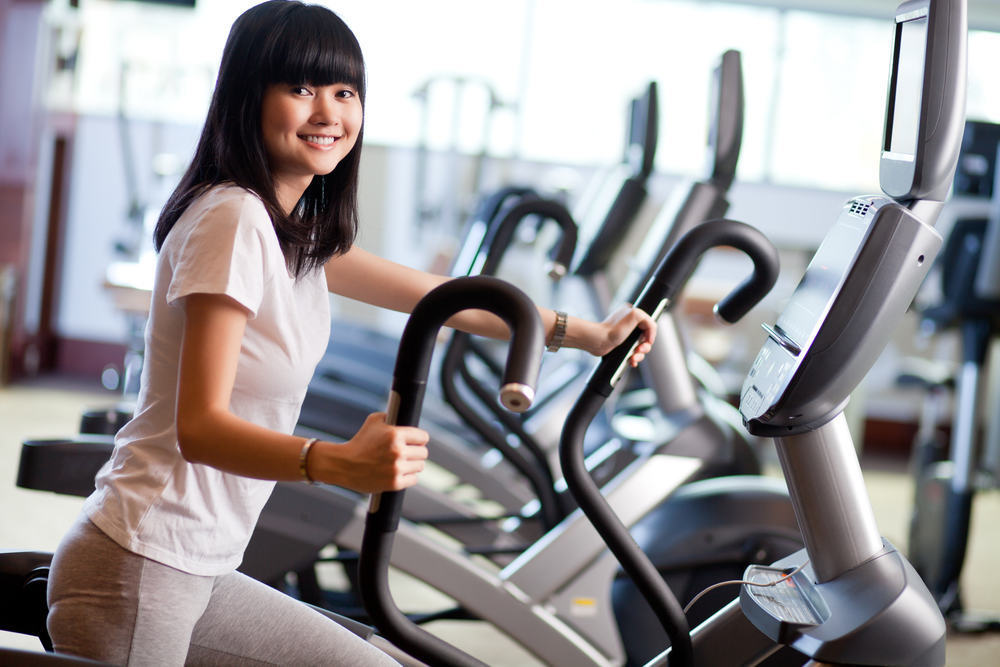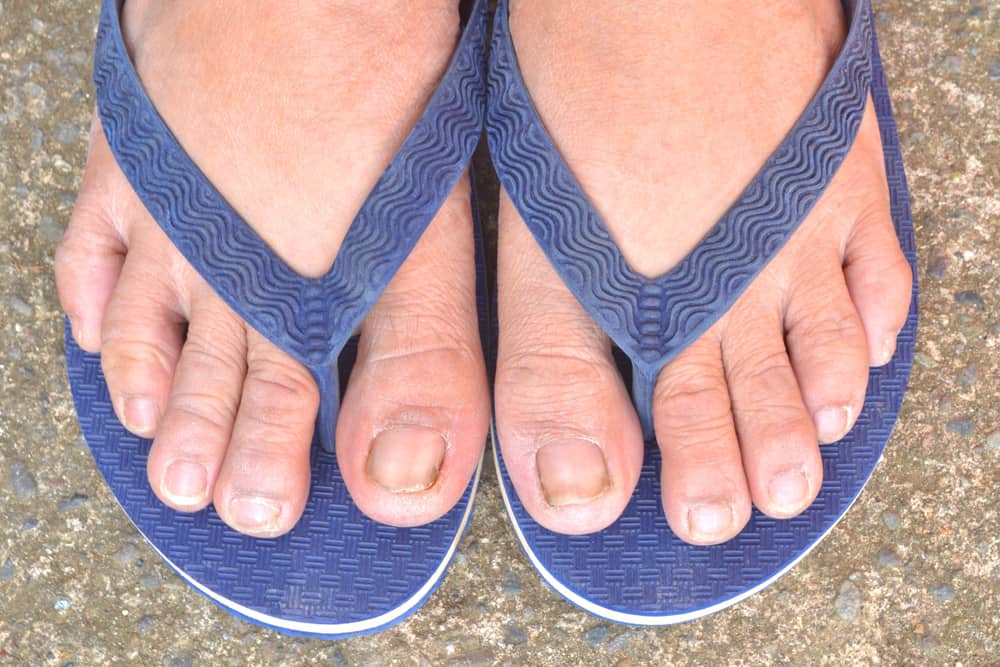Contents:
Medical Video: Steps to Help You Tackle Asthma and Exercise Safely
The following steps can help you work out with asthma, whatever type of exercise you choose.
1. Always carry an inhaler
You should always carry an inhaler that is easily accessible, especially if you are exercising with asthma. Your rescue inhaler can deal with sudden symptoms of asthma.
2. Monitor your asthma condition
If your asthma is not well controlled, you need to handle it before running.
3. Follow action plan to exercise safely
Talk to the doctor about action plan your asthma and how you can support exercise with asthma. If you are not in a safe condition, you are not allowed to exercise, because it can worsen the condition.
If you experience symptoms while exercising with asthma, you can use an inhaler to treat symptoms. Your doctor can also ask you to use an inhaler before exercise to prevent symptoms.
4. Warm up and cool down
Avoid sudden changes in activities that can trigger asthma symptoms. Start slowly, don't go outside the house and exercise hard. Don't also suddenly stop exercising. However, slowly reduce your energy before stopping.
5. Avoid asthma triggers
If you have contact with asthma triggers while exercising, your asthma can recur. For example, if the air quality is poor, you better exercise indoors. If cold air worsens your asthma condition, use a mask or scarf to prevent or reduce the cold air that enters the lungs. Avoid parks with freshly cut grass, if grass is one of the triggers of your asthma.
6. Stop exercising if you experience symptoms
If you start experiencing asthma symptoms while exercising, stop exercise, use a rescue inhaler, and follow your asthma action plan. If symptoms improve, you can start exercising slowly.
7. If symptoms worsen, consider seeking immediate medical help.
If symptoms do not improve, continue to use the rescue inhaler according to the instructions action plan You. If you experience the following symptoms while exercising, immediately seek medical help:
- wheezing that occurs when pulling and sighing
- ongoing cough
- difficulty breathing
- tachypnea or breath very quickly
- retraction where the skin is attracted when you breathe
- hard to breathe
- difficulty talking with full sentences
- pale
- nervous
- lips or nails turn blue (cyanosis)












